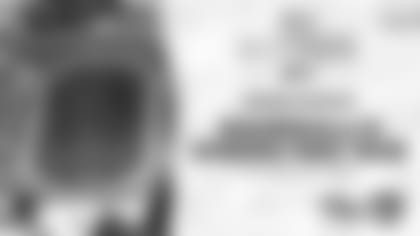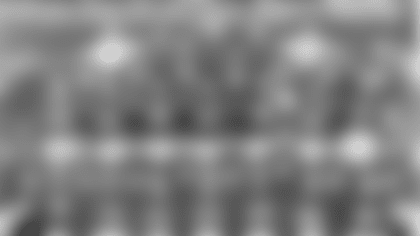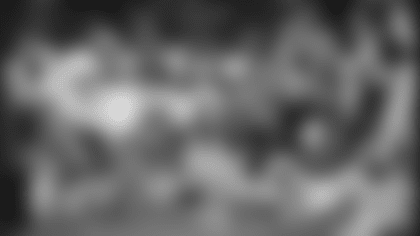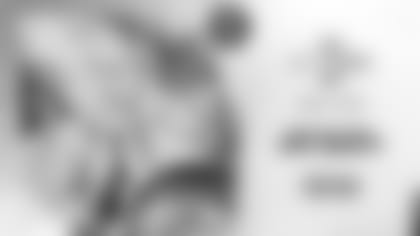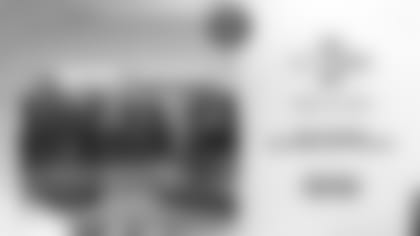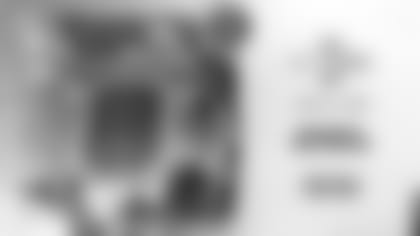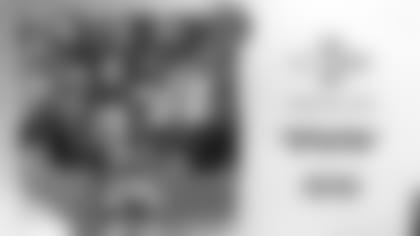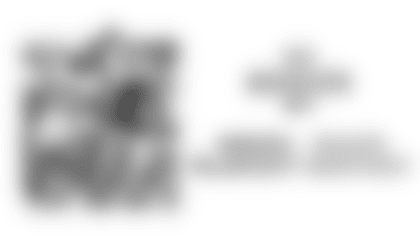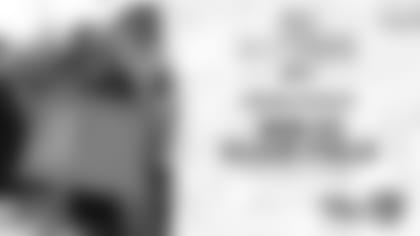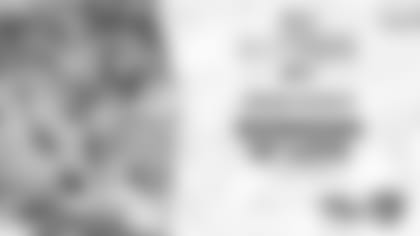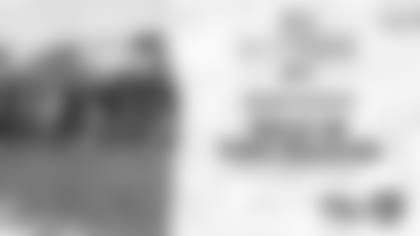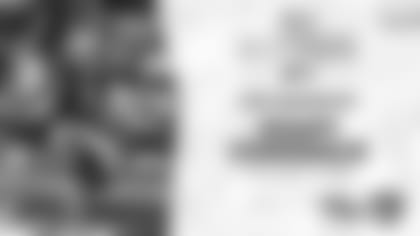"75 for 75" is an article series from the 49ers Museum highlighting legendary moments in 49ers history as part of the team's 75th Anniversary celebrations in 2021.
--
October 25, 1964
Kezar Stadium was the uniquely lovable, weather-beaten home to the 49ers from 1946 through 1970. Built in 1925 on the southeastern corner of Golden Gate Park, it featured splinter-filled bench seating with less than 200 parking spots for 59,900 fans.
Players had an intricate love-hate relationship with Kezar. Most enjoyed the stadium's rowdy vibe and tolerated the game-time exuberance of fans who imbibed at the numerous taverns along Haight Street or Irving Street before kickoff. Others despised its wind-whipped fog and the inebriated bottle-tossing spectators.
"Right outside Kezar there were a bunch of bars," former 49ers receiver Gene Washington recalled. "The fans would be juiced by the time the game started, and it could get a little rowdy if things didn't go well."
Players dressed in spartan locker rooms (although there were no lockers) featuring tiny cubicles with a nail to hang clothing. The nearly non-existent restroom had a handful of toilets.
A tunnel with a dirt walkway led from the dressing room to the field. Crafty veterans advised teammates to take the field first and kick up plenty of dust for the visiting squad following in their path.
"I loved playing at Kezar, even when I was on the visiting team," said Y.A. Tittle, the 49ers quarterback from 1951 to 1960. "It felt like the fans were right on top of you. On Sundays, driving through Golden Gate Park, you'd see thousands of people walking to the stadium. You could feel the energy. The surroundings were nice. The fans could be rough sometimes and the seagulls could get annoying, but it was a beautiful place to play."
John Brodie, Tittle's successor at QB, suffered the wrath of disgruntled fans at Kezar Stadium. The boo-birds took aim at the 49ers starting quarterback and bombarded him with scathing remarks and well-thrown beer bottles. At one point in the early 1960s, stadium security constructed a cage-like fence around the field entrance to protect the players, particularly Brodie.
"One time I was walking off the field with (Vikings quarterback) Fran Tarkenton and I told him to keep his helmet on," Brodie said. "He thought I was joking until a full can of beer whizzed past us."
In addition to football, Kezar hosted heavyweight title fights (Rocky Marciano-1955), rock concerts (Led Zeppelin-1973) and a Clint Eastwood movie (Dirty Harry). And during the freewheeling 1960s fans walked down Haight Street past throngs of hippies often listening to the free concerts of local bands like the Grateful Dead.
Kezar Stadium also saw its share of quirky moments. On October 25, 1964, Minnesota Vikings defensive lineman Jim Marshall puzzled the Kezar Stadium crowd by scooping up a fumble and racing 66 yards to the wrong end zone.
Legendary 49ers broadcaster Lon Simmons provided the call. "(George) Mira, straight back to pass, looking, now stops, throws, completes it to (Billy) Kilmer up at the 30-yard line. Kilmer driving for a first down loses the ball. It's picked up by (Jim) Marshall who is running the wrong way! He's running it into the end zone the wrong way...thinks he's scored a touchdown. He's scored a safety. His teammates were running down the far side of the field telling him, 'go back.'"
An overly excited Marshall jubilantly fired the football out of the end zone, ensuring the 49ers of two points. San Francisco center Bruce Bosley, who chased Marshall on his wayward run, congratulated his Vikings opponent with a pat on the back.
Pro football at Kezar ended in one final moment of glory for the old stadium. It hosted the 1970 NFC Championship Game. In the 49ers first appearance in a title contest and their last game at Kezar Stadium, the Dallas Cowboys were the lone obstacle impeding the 49ers run to Super Bowl V.
Trailing Dallas 17-10 after three quarters, Brodie was confident of the 49ers chances. Unfortunately, Kezar's odd configuration cursed San Francisco one last time. Since the Kezar field ran east to west (rather than the traditional north to south), the glare of the setting afternoon sun posed a well-known hazard to pass receivers.
On one play, Brodie spotted running back Ken Willard wide open with clear sailing to the end zone, but Willard was unable to see the potential scoring pass in the brilliant sunlight and it flopped to the turf. Dallas escaped with a 17-10 win despite Brodie's 262 passing yards.
With that, the Kezar Stadium era ended, but the soulful beauty of the 49ers first eccentric home remains in the minds of lifelong fans.


